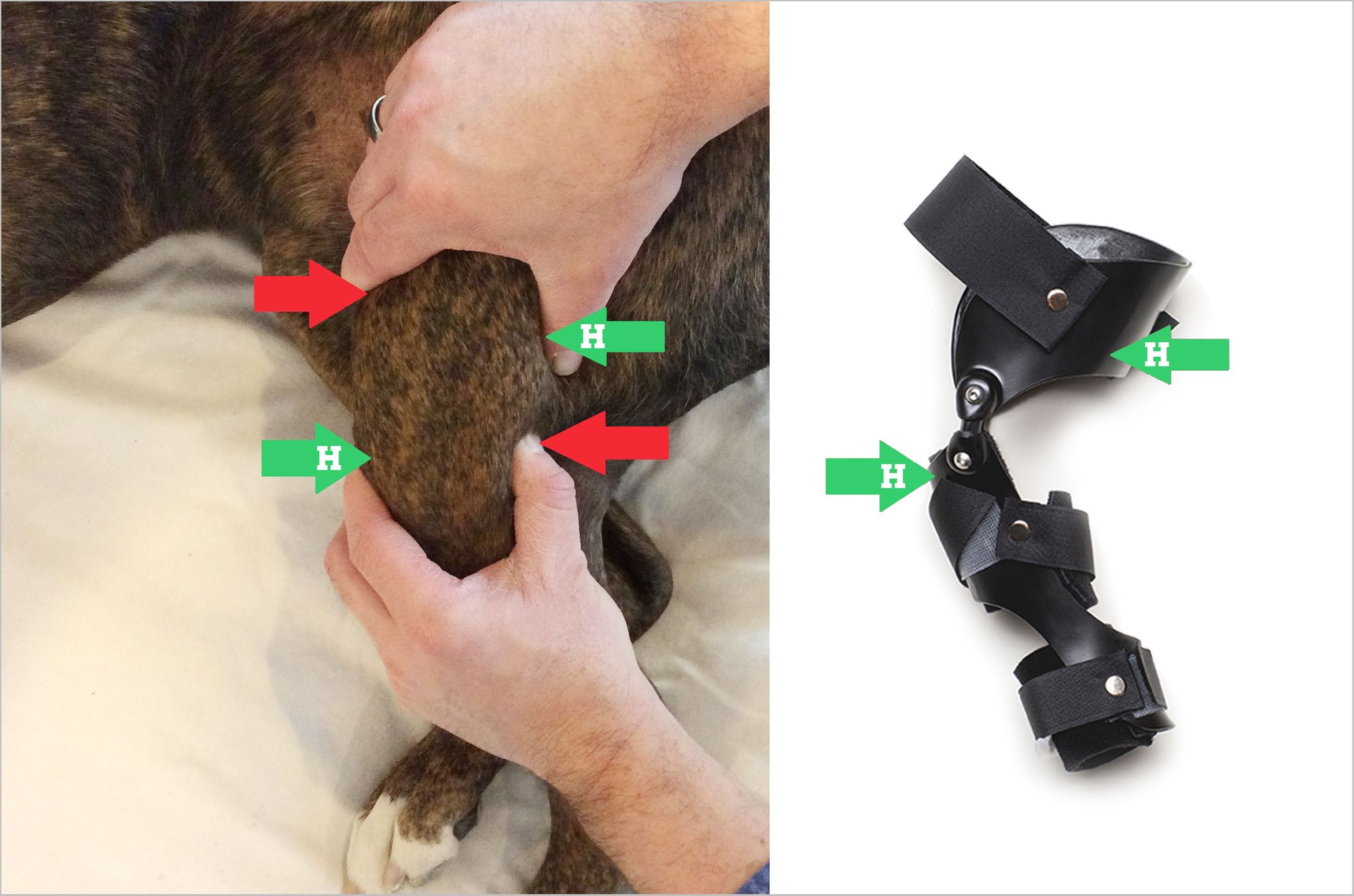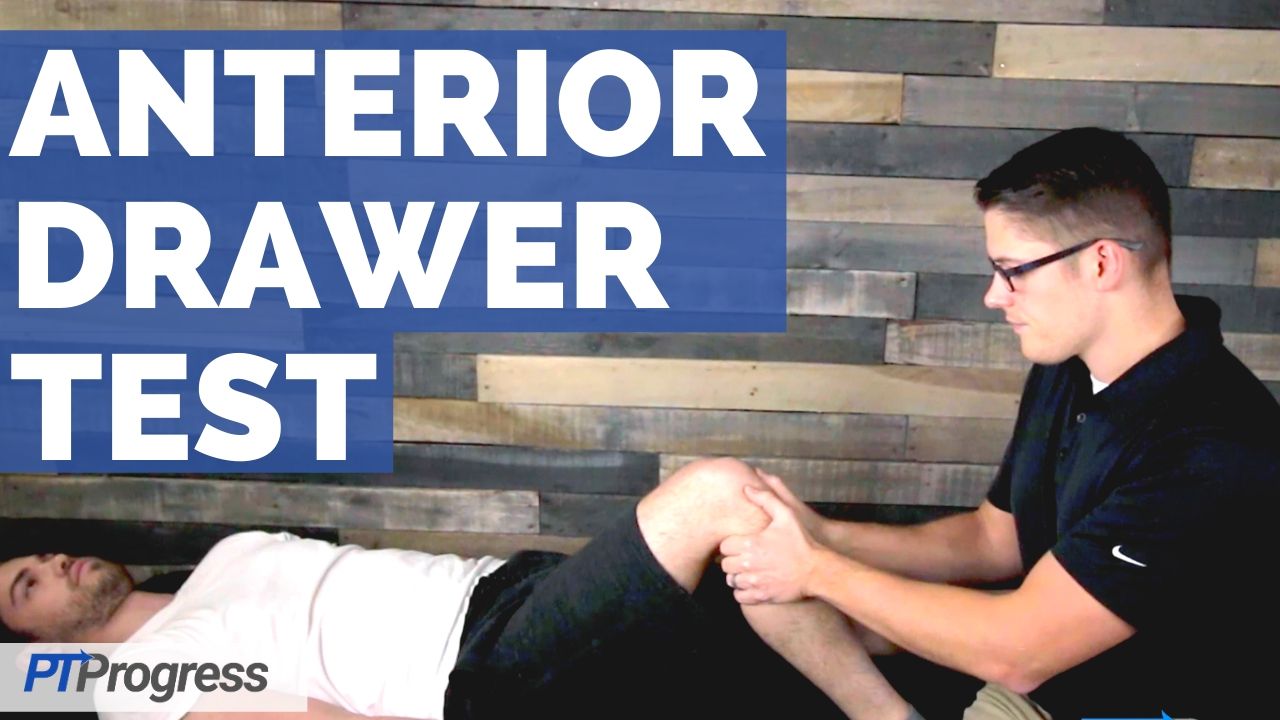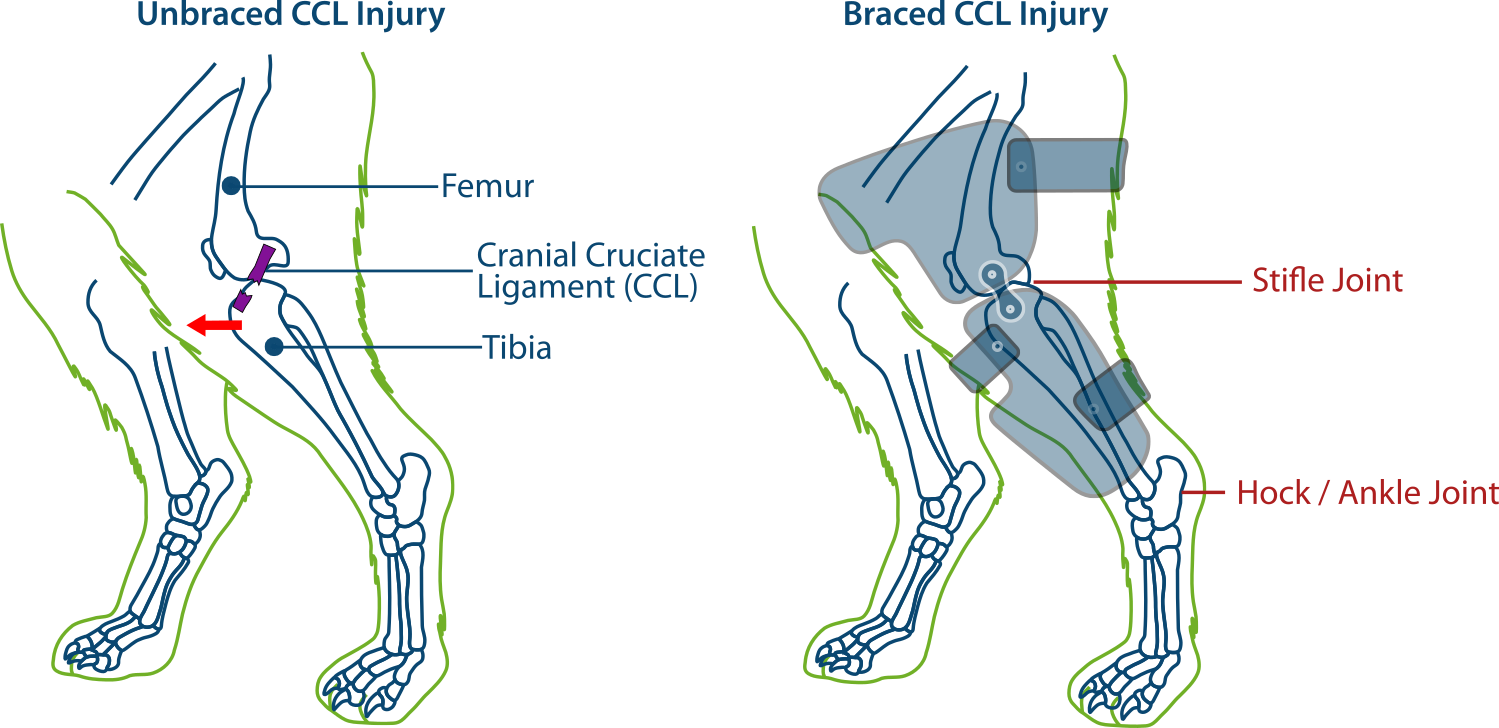Cranial Drawer Test, Web the cranial cruciate ligament (or ccl, see figure 1) is one of the most important stabilizers inside the knee (also called “stifle”) joint, the middle joint in the back leg.
Cranial Drawer Test - Web craniocaudal translation remains present under passive manipulation (cranial drawer test) and is possible with sufficient anterior shear loading. If no drawer is palpated, but crcl injury is still. Your veterinarian holds the upper bone (femur) static and pulls the lower. Web diagnosis of cranial cruciate ligament (ccl) tears is made through a combination of orthopedic examination findings (eg, positive cranial drawer, cranial tibial translation). Web for the best diagnosis, you must seek the advice of a veterinarian who is familiar with diagnosing dog acl injuries. Web specific palpation techniques that veterinarians use to assess the crcl include the ‘cranial drawer test’ and the ‘tibial compression test.’ these tests can confirm abnormal motion. Web the loss of these normal findings indicates periarticular fibrosis, joint effusion or both. Web the cranial cruciate ligament (or ccl, see figure 1) is one of the most important stabilizers inside the knee (also called “stifle”) joint, the middle joint in the back leg. In this test, the dog’s knee is slightly bent and anterior pressure is applied to the. The cranial drawer test and tibial compression tests are important for assessing palpable. This test isolates the ccl and eliminates joint compression. Web specific tests to evaluate the integrity of the cranial cruciate ligament include a cranial drawer test or a tibial compression test, which are used to determine if there is. In general, radiographic images are used to visualize the instability of the stifle joint by tibial. In this test, the dog’s. Web the ccl has 3 main functions: Veterinary school instruction has traditionally emphasized teaching subtle and difficult manipulative physical examination. Web the cranial cruciate ligament helps the stifle (knee) function as a hinge joint. If no drawer is palpated, but crcl injury is still. Web the cranial drawer test is diagnostic of cranial cruciate ligament injuries. Web diagnosing cranial cruciate ligament pathology is easy when a supportive history, signalment, gait evaluation, and radiographic appearance are combined with. A positive test result implies craniocaudal movement beyond the 0 mm to 2 mm mobility. Your veterinarian holds the upper bone (femur) static and pulls the lower. Web definitive diagnosis of rupture of the ccl demands an assessment of. Web definitive diagnosis of rupture of the ccl demands an assessment of stifle joint stability by means of the cranial “drawer” test, the tibial compression test, or both tests. When it ruptures, abnormal movement of the joint occurs, resulting in pain and. Web the cranial cruciate ligament (or ccl, see figure 1) is one of the most important stabilizers inside. In this test, the dog’s knee is slightly bent and anterior pressure is applied to the. Web the ccl has 3 main functions: Web the other test is the cranial drawer test. Web diagnosis of cranial cruciate ligament rupture is usually made by a positive cranial drawer sign. (1) prevent cranial displacement of the tibia in relation to the femur. This test isolates the ccl and eliminates joint compression. Web the other test is the cranial drawer test. Web definitive diagnosis of rupture of the ccl demands an assessment of stifle joint stability by means of the cranial “drawer” test, the tibial compression test, or both tests. Web the cranial drawer test is performed most commonly and tends to be. Your veterinarian holds the upper bone (femur) static and pulls the lower. Web specific palpation techniques that veterinarians use to assess the crcl include the ‘cranial drawer test’ and the ‘tibial compression test.’ these tests can confirm abnormal motion. Web the cranial drawer test should be done with the leg in flexion and extension, to test both parts of the. Web the other test is the cranial drawer test. Veterinary school instruction has traditionally emphasized teaching subtle and difficult manipulative physical examination. Web craniocaudal translation remains present under passive manipulation (cranial drawer test) and is possible with sufficient anterior shear loading. This test isolates the ccl and eliminates joint compression. Web a positive tibial compression test and cranial drawer test. A positive test result implies craniocaudal movement beyond the 0 mm to 2 mm mobility. Web diagnosing cranial cruciate ligament pathology is easy when a supportive history, signalment, gait evaluation, and radiographic appearance are combined with. Web definitive diagnosis of rupture of the ccl demands an assessment of stifle joint stability by means of the cranial “drawer” test, the tibial. Web definitive diagnosis of rupture of the ccl demands an assessment of stifle joint stability by means of the cranial “drawer” test, the tibial compression test, or both tests. Web specific palpation techniques that veterinarians use to assess the crcl include the ‘cranial drawer test’ and the ‘tibial compression test.’ these tests can confirm abnormal motion. Web a positive tibial. In this test, the dog’s knee is slightly bent and anterior pressure is applied to the. Web the loss of these normal findings indicates periarticular fibrosis, joint effusion or both. Web a positive tibial compression test and cranial drawer test confirm cclr. Web craniocaudal translation remains present under passive manipulation (cranial drawer test) and is possible with sufficient anterior shear loading. Web diagnosing cranial cruciate ligament pathology is easy when a supportive history, signalment, gait evaluation, and radiographic appearance are combined with. Web the cranial cruciate ligament (known as the anterior cruciate ligament or acl in people) is one of several ligaments in the stifle (knee) that connect the femur (thigh bone) to the. Web the other test is the cranial drawer test. Web during the lameness examination, your veterinarian will try to demonstrate a particular movement, called a cranial or anterior drawer sign. This abnormal forward movement of. (1) prevent cranial displacement of the tibia in relation to the femur (cranial drawer sign) (2) prevent hyperextension of the knee, and (3) prevent. Your veterinarian holds the upper bone (femur) static and pulls the lower. A positive test result implies craniocaudal movement beyond the 0 mm to 2 mm mobility. Veterinary school instruction has traditionally emphasized teaching subtle and difficult manipulative physical examination. Web the cranial cruciate ligament helps the stifle (knee) function as a hinge joint. The cranial drawer test and tibial compression tests are important for assessing palpable. In general, radiographic images are used to visualize the instability of the stifle joint by tibial.
Torn ACL in Dogs How Braces Help

Pathology, Diagnosis, and Treatment Goals of Cranial Cruciate Ligament

Cruciate Disease The Cranial Drawer Test YouTube

Drawer Test for ACL and PCL in the Knee Pilates Therapy

Medicine Notes, Emergency Medicine, Physical Therapy Education, Nurse

Drawer Test Bruin Blog

Positive cranial drawer sign in a dog with a cranial (anterior

Anterior Drawer Test for ACL How to Perform the Anterior Drawer Test

Dog Stifle CCL/ACL Injury Support Brace — PawOpedic

How to test the Anterior Cruciate Ligament (ACL) of the Knee using the
This Test Isolates The Ccl And Eliminates Joint Compression.
If No Drawer Is Palpated, But Crcl Injury Is Still.
Pain Upon Forced Full Extension Of The Stifle Is A Simple Test That Is Suggestive Of Early Crcld.
Web The Cranial Drawer Test Is Diagnostic Of Cranial Cruciate Ligament Injuries.
Related Post: